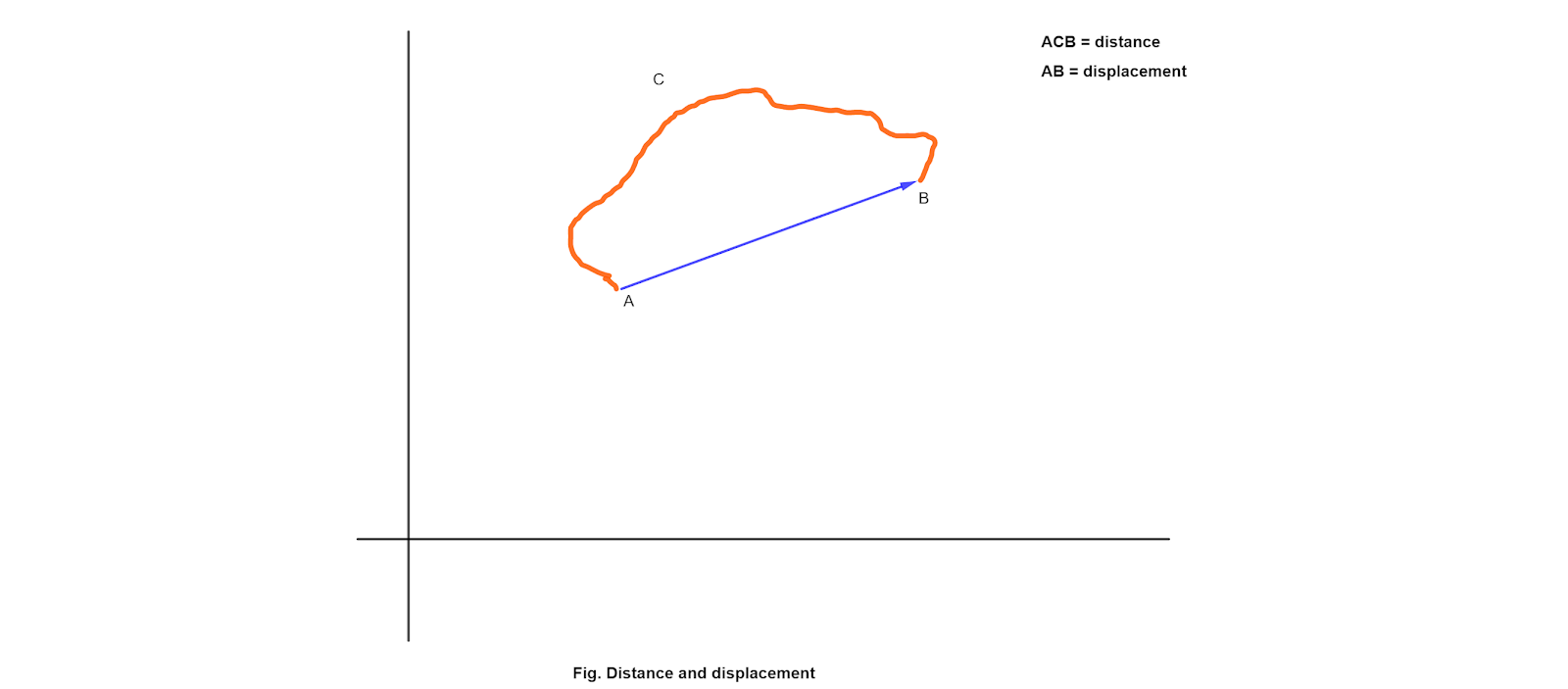Circular Motion | Conceptual notes | Important Questions | Short Questions and Numerical Problem Solutions | Class 11 (Physics) | Physics in Depth

A particle is in uniform circular motion if it travels around a circle on a circular arc at uniform (constant) speed. Although the speed does not vary , the particle is accelerating because the velocity changes in direction. fig. below shows the relationship between the velocity and acceleration vectors at various stages during uniform circular motion. Both vectors have constant magnitude, but their directions change continuously. The velocity is always directed tangent to the circle in the direction of motion. The acceleration is always directed radially inward. Because of this, the acceleration associated with uni form circular motion is called a centripetal (meaning "center seeking") acceleration. Centripetal acceleration Consider a particle 'p' moves at constant speed 'v' around a circle of radius r. At the instant shown in figure above, p has a coordinate x and y. \(\theta\) be the angular displacement of p.





